Global sustainability experts to convene at World Business Council on Sustainable Development event Dec. 7-10 in Paris
December 1, 2015
On Dec. 7, members of the World Business Council on Sustainable Development (WBCSD) gather in Paris for three days to discuss global solutions for addressing climate change, sustainable development and energy.
The event focuses on four key action areas, which include achieving Sustainable Development Goals, launched by the United Nations in 2015; and Redefining Value, a global effort by WBCSD and its partners to lead the development of protocol and processes to incorporate social and natural capital into business decision-making.
The four-day event also brings together members of the WBCSD's Water Cluster group for a session featuring:
- The launch of the Natural Infrastructure for Business platform,
- A demonstration of the Green Infrastructure opportunity screening tool by the Earth Genome and
- An overview of WBCSD water tools family.
CBO is involved in projects specific to the Water Cluster group and WBCSD action areas, specifically:
- Development of a data-driven decision support tool for corporate decision-making in water use, and
- Collaboration with organizational partners on ways to centralize access to biodiversity data and create methods for integrating data into corporate risk-management protocols.
Members from the global organization's Ecosystems, Forest Solutions and Water teams also plan to discuss opportunities to promote WBCSD goals during the IUCN 2016 World Congress in Hawaii.
More information about the Paris WBCSD Council Meeting here.
Information about the WBCSD here.


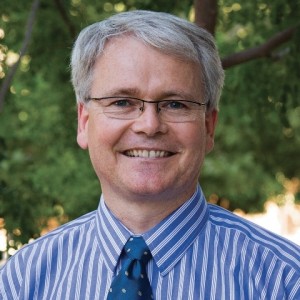
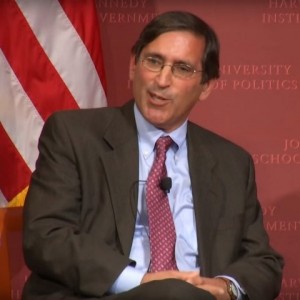
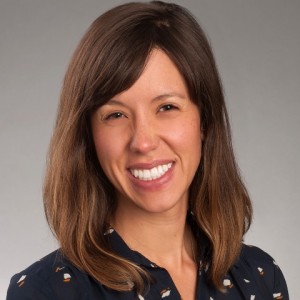

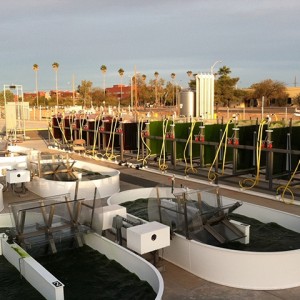

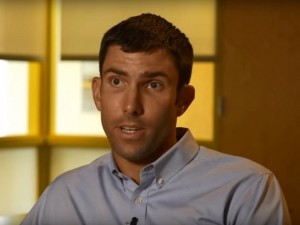
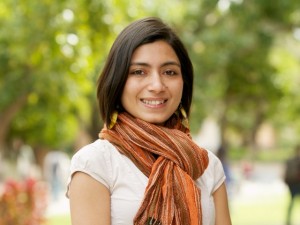
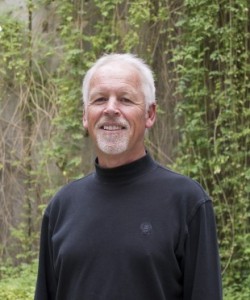 It’s easy to associate algae as being a nuisance. Noticing slimy green algae building up on the sides of your crystal blue pool might have you rushing to remove it. But before you prepare to scrub it away, let’s take a moment to consider how algae could actually benefit our water, particularly in wastewater treatment.
It’s easy to associate algae as being a nuisance. Noticing slimy green algae building up on the sides of your crystal blue pool might have you rushing to remove it. But before you prepare to scrub it away, let’s take a moment to consider how algae could actually benefit our water, particularly in wastewater treatment.